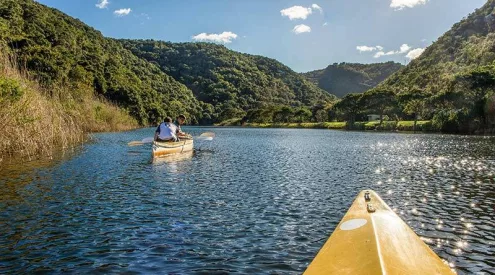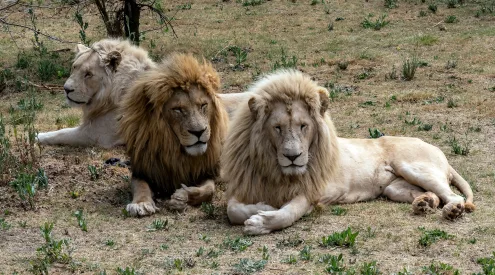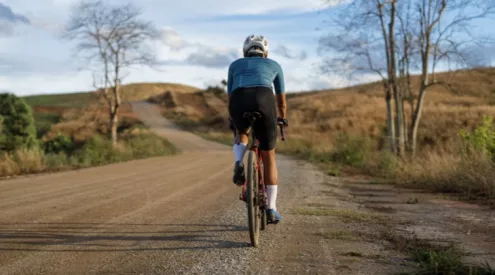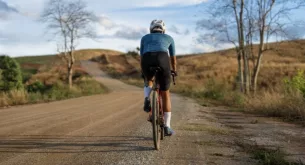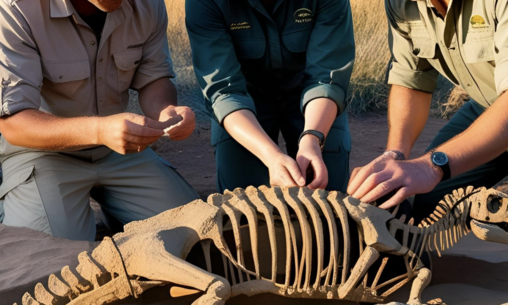
In a groundbreaking find that has left the scientific community buzzing, a team of palaeontologists from South Africa’s prestigious Animal Institution (AI) uncovered the fossilised remains of a previously unknown dinosaur species in the early hours of Tuesday morning.
ALSO READ: Stories of Cape Town’s most haunted places
The discovery, made in the Southern region of the national park, right next to a popular watering hole frequented by lions, promises to rewrite the history of prehistoric life on the continent—and possibly the world.
The fossil, remarkably well-preserved despite its estimated age of over 1,000 years, was excavated by a daring team of researchers who braved the presence of prowling big cats to retrieve it.
Led by Dr. Petra Saurus, the expedition initially set out to study ancient predator migration patterns but stumbled upon something far more extraordinary. “We were expecting lion tracks, not a literal dinosaur jackpot,” Dr. Saurus said, her voice trembling with excitement. “This is a once-in-a-millennium find.”
Dubbed Fructosaurus berryensis—Latin for “berry-loving fruit lizard”—the new species appears to defy conventional dinosaur classification.
The skeleton, measuring roughly 3 meters long with a slender neck and unusually stubby legs, was found alongside a pristine pile of fossilised berries, suggesting it was a herbivore with a particular fondness for fruity snacks.
“The berries were so perfectly preserved, you’d almost think they were edible,” remarked junior researcher Tim Fossilman, who admitted to briefly considering a taste test before being restrained by colleagues.
Scientists estimate that Fructosaurus berryensis roamed the grassy plains of what is now South Africa approximately 1,000 to 1,500 years ago—a timeline that has raised eyebrows among paleontologists, given that dinosaurs are traditionally thought to have gone extinct 66 million years ago. Dr. Saurus waved off the skepticism, proposing a bold theory: “This could be evidence of a secret dinosaur population that survived undetected into the medieval era, munching on berries while knights and castles rose elsewhere.”
The fossil’s pristine condition has been attributed to the unique mineral content of the watering hole’s mud, which acted as a natural preservative.
Alongside the skeleton, researchers uncovered what they believe to be a primitive ‘berry basket’—a woven structure of petrified vines that hints at surprising intelligence for a creature of its kind. “It’s possible Fructosaurus wasn’t just eating berries; it might have been hoarding them for winter,” speculated Dr. Ella Vator, the team’s paleobotanist.
The discovery has already sparked wild speculation online, with some enthusiasts connecting long-dismissed local legends of “tiny thunder beasts” said to nibble crops under the cover of night, with the ground-breaking discovery of the dinosaur fossil.
The Animal Institution plans to display Fructosaurus berryensis at its Cape Town headquarters starting next week, alongside a life-sized model reconstructed with vibrant purple feathers—a flourish Dr. Saurus insists is “scientifically plausible and seasonally appropriate.”
For now, the team is basking in the glow of their find, though they admit the lions circling their dig site added an extra layer of urgency. “We worked fast,” Fossilman quipped. “Nothing motivates a dig like a pride of lions eyeing your lunch.”
As the world awaits further analysis, one thing is clear: this April 1st discovery has unearthed more than just bones—it’s dug up a delightful mystery that will keep us guessing for years to come.
Follow us on social media for more travel news, inspiration, and guides. You can also tag us to be featured.
TikTok | Instagram | Facebook | Twitter
This fabricated story was published on 1 April 2025. Image and text has been AI-generated. Happy April Fools!





